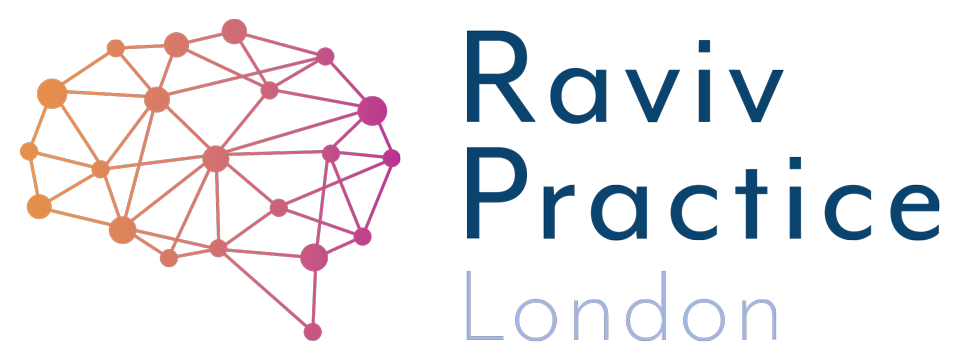Why we should all use punctuation stickers
Why we should all use punctuation stickers
There is nothing more annoying than when you read badly punctuated sentences. We should all have a pen handy when we see lousy punctuation. In my opinion, anyone sending lengthy text messages with missing commas should have the message returned unanswered!
“That’s the damage one misplaced comma can cause”
Bad punctuation should be banned - this is my feeling, and I am not alone. Author Lynne Truss wrote a hilarious book titled "Eats, shoots, and leaves."
This is an extract from the back cover:
A panda walks into a café. He orders a sandwich, eats it, then draws a gun and fires two shots in the air.
"Why?" asks the confused waiter as the panda makes towards the exit. The panda produces a badly punctuated wildlife manual and tosses it over his shoulder.
"I'm a panda," he says at the door. "Look it up."
The waiter turns to the relevant entry in the manual and, sure enough, finds an explanation.
"Panda. Large black-and-white bear-like mammal, native to China. Eats, shoots & leaves."
That’s the damage one misplaced comma can cause: total panda-related chaos! Joking aside, right or wrong punctuation can totally change the meaning of a sentence, so it’s something we should all think about when we write. To some, it might seem a bit pedantic to pick up on people’s poor punctuation, but it is so important.
Lynne talks about the sliding standards of punctuation in the UK and US in her book, and I wholeheartedly agree!
To write punctuation correctly, you must hear how sentences are spoken.
As I said, this is not a laughing matter - it is most serious. However, missing or misused, punctuation is not always deliberate, nor is it necessarily a sign of laziness. When we talk, or hear someone else talk, we hear the natural pauses. These pauses help the listener understand the information. Inflexion, tone, and pauses all create meaning, depth, and drama in the spoken word.
What happens when you don't hear the pauses when listening?
This is a common problem with neuro-diverse children. If you don't hear a pause, you can't use it with ease. Sometimes these individuals have monotone voices. This reflects their perception of what they hear and process. Professor Usha Goswami (Developmental Neuroscience - Cambridge University) talks about rhythmic patterns not being observed when children hear language.
The rhythm of speech is critical for producing grammatically accurate written prose.
“lack of rhythm can result in either the reader reading one word at a time, or reading with incorrect pauses.”
Children who do not have rhythm
According to my observations, the lack of rhythm can result in either the reader reading one word at a time, or reading with incorrect pauses.
The result is always the same, poor reading comprehension. The reader needs to have pace and flow. Rhythm leads to flow and, without both of these, the enjoyment of reading can be affected.
Reading is not a purely mechanical process, but rather a mixture of skills which use both sides of the brain. The left side deals with the words and sequence. The other side deals with the tone, and rhythm inference. Both sides work in unison to derive meaning.
In 2009 I worked with a boy of six with whom I observed an unusual walking pattern. His walk did not have a symmetrical arm swing. Most people walk with a bilateral movement of opposite limbs (a natural coordinated arm swing), but he did not.
In fact, this boy did not move his left arm at all. The right arm would swing, but the left arm would stay limp. As a Raviv Therapist, I know that body movement affects neural circuitry, so I decided early on that this was the root problem we would need to address first in order to deal with any other challenges he had. I needed to expand my tool box so I could understand how best to help him.
A solution for those without rhythm
Nowadays, we use the exercise “Bag One Square”, which is part of Bal-A-Vis-X invented by Bill Hubert. However, this was not yet in use in 2009, so I had to start with a movement exercise DVD which included “One Bag Rectangle”. Teaching from a DVD was very challenging, but I knew it could be done and was not about to let myself, or my charge, down.
Actually, you don't need a punctuation repair kit!
In Lynne Truss' book, she provides stickers we can use to repair bad punctuation. I still like the idea, but I would prefer to work with balls and bags to get an appreciation of what it feels like through the body as a series of movements. By addressing rhythm and movement, we give ourselves the groundwork necessary to properly start looking at speech and punctuation.
I am not sure what the Panda would say, but I think he would approve!
Dyslexia? Dyspraxia? ADHD? ASD? Speech & Language? Developmental Delay? Anxiety?
Is every school day a struggle? As a parent, you may feel exhausted and on this journey alone. Each year you see the gap getting wider. You need to do something - change the approach, help your child learn for themselves, find a way to turn this around - to help while you can - do this NOW. the first step is free.
About the Author
Usha Patel is a Neurocognitive Therapist and Director at Raviv Practice London. Parents searching to help their suspected/neurodiverse child can get evidence-based solutions with results in as little as 8 weeks. Those in search of jargon-free help can get started straight away.



